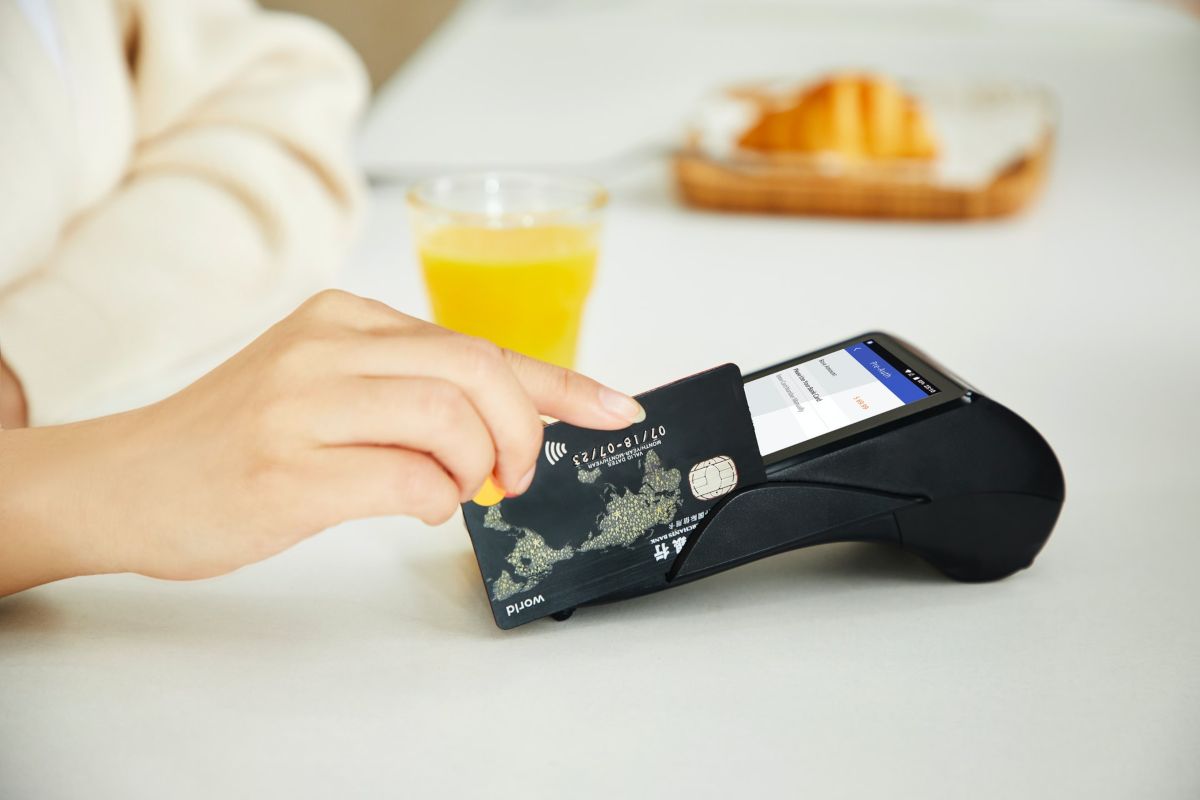When choosing a new credit card, many people just look at two factors: the spending limit and the reward offerings. While these are important parts of choosing the best credit card for you, they are not the only things that matter.
In fact, they are not even the most important factors. You should primarily be focused on the interest rate (also known as APR), as this will determine how much your purchases ultimately cost.
For example, let’s say you want to buy medical equipment from Greiner Bio-One with a credit card. The purchase may generate some kind of reward for you, but as long as the amount stays on your card (minus any payments you make), you will continue to pay interest on it. As a result, many people get sucked into applying for reward-based credit cards that end up taking way more than they give.
So, in today’s post, we are going to look at how you can get the most out of your credit card rewards!
How To Get The Most Out of Your Credit Card Rewards?

1. Build Up Your Credit Score Before Getting a New Card
When you apply for a new credit card, the card provider or lending institution will check your credit score and designate an appropriate APR for you.
Generally, the higher your score, the lower your APR. This means, if you seem like less of a risk to the lender, they will charge you less for the purchases you make. Thus, it is vitally important to try to have a high credit score when you apply for reward credit cards.
By securing a low APR, you indirectly amplify the benefits provided by the card. Since the card will cost you less to use, you can afford to use the card more often, thereby increasing the benefits you get in return.
2. Choose the Types of Rewards You Want or Need
There are many different types of reward cards out there. Some credit cards offer cashback on all purchases, some offer cashback on certain types of purchases, and others offer completely different kinds of rewards.
For example, travelers often apply for travel reward cards. These cards offer points or “miles” that can be used to purchase travel-related services like flights, hotels, or rental cars. Thus, you should always choose cards that correspond with your individual interests, needs, and spending habits.
3. Compare the Reward Benefits With the Potential Costs
Regardless of the type of benefits, you should always compare the benefits to the potential costs of the card. For example, let’s say that you get a cash rewards credit card through your bank.
You get 1% cashback on every purchase you make. However, the card has an APR of 18%, which means that you must pay 18% interest on any balance that you maintain.
So, if you spend $1,000 and only make the minimum monthly payment ($25), you will get a one-time reward of about $10, while spending roughly $170 over the course of just one year.
In the same time, you will still have hundreds of dollars due in credit card debt. As you can see, you really need to do the math and read the fine print when it comes to credit card rewards!
Are you looking for even more useful how-to guides? If so, be sure to check out some of our other posts on Fincyte today!
Read Also:
- From Fair to Fabulous: 5 Excellent Credit Cards for Fair Credit
- Choosing a Credit Card: How to Get It Right
- How Can You Obtain a No Credit Check Loan?
Author: Umair Asif














